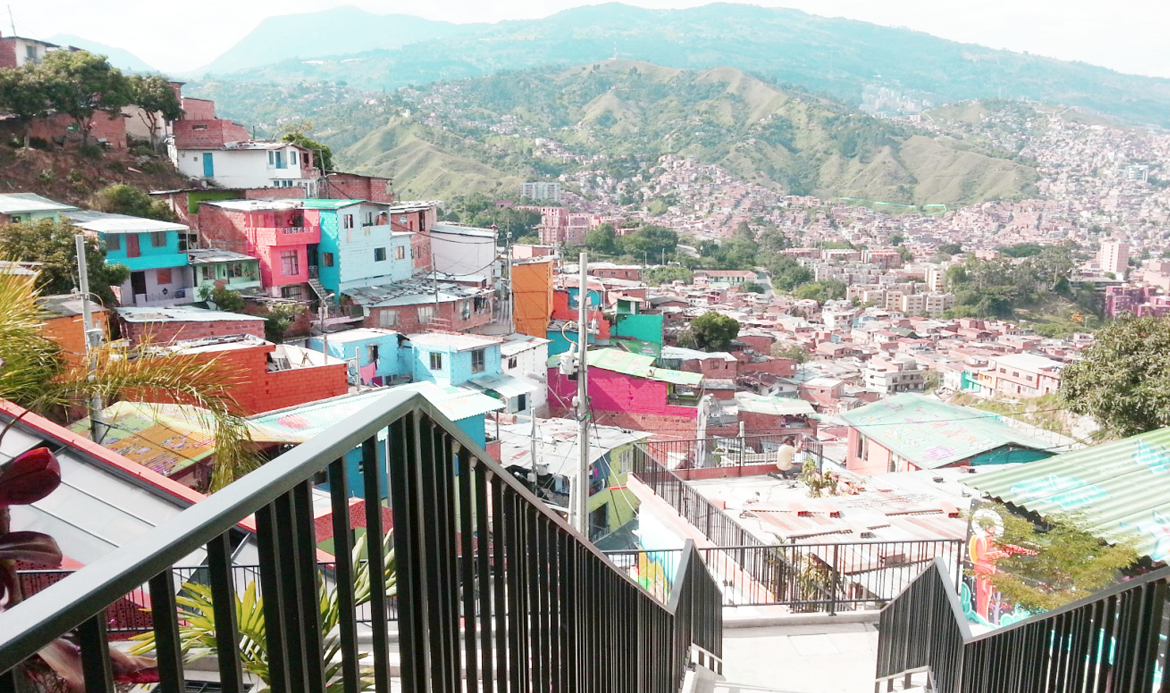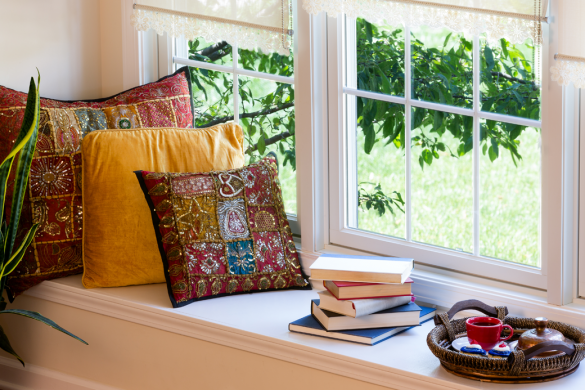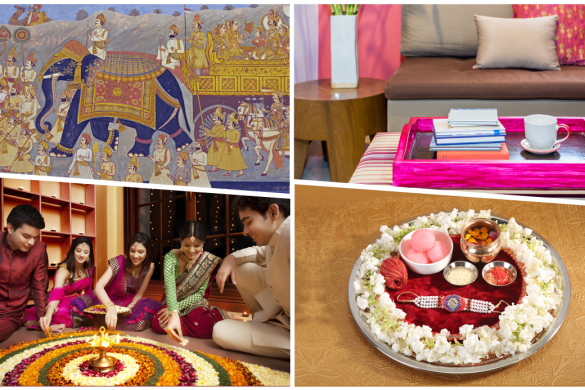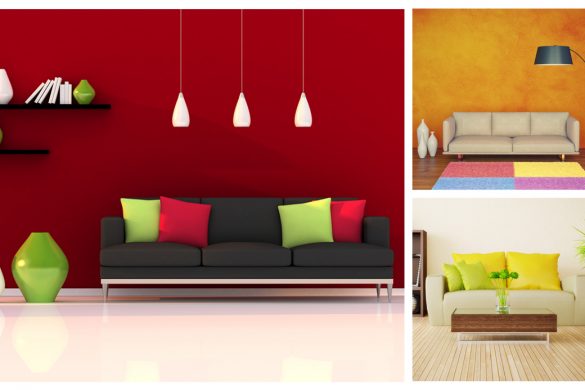I visited Medellin in Colombia as part of one of my projects and was amazed by the city. Medellin has over 60% of their population living in slums. In the last few years, a lot of effort has been made by their government to improve the condition by providing quality access to transport, social and physical infrastructure.

While making these provisions, the approach of the Government was to accept these informal settlements as a housing typology, thus giving them security of tenure. This security made a significant difference in slum dwellers, encouraging them to invest in improving their own households and also helping the government upgrade the settlements in a short span of time.
Interestingly, it was colour that played an important role in this project and was used creatively to enhance the overall character of these slums.
The introduction of colours created an interesting platform for people’s engagement in the development in a very positive way. Grafitti and wall-painting not only encouraged talent within the community but also helped in generating a sense of pride and belonging. This is very crucial when making development sustainable as people are major stakeholders and feel responsible for its upkeep.
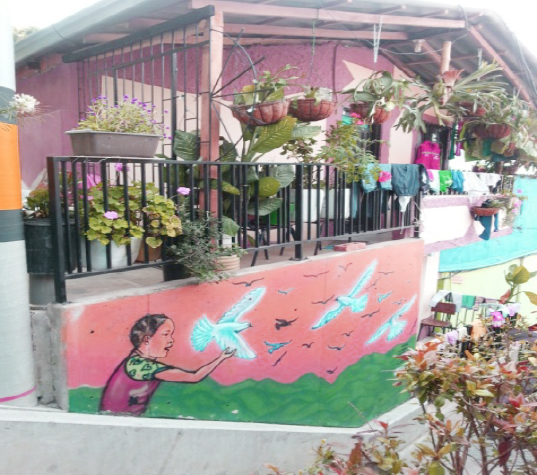
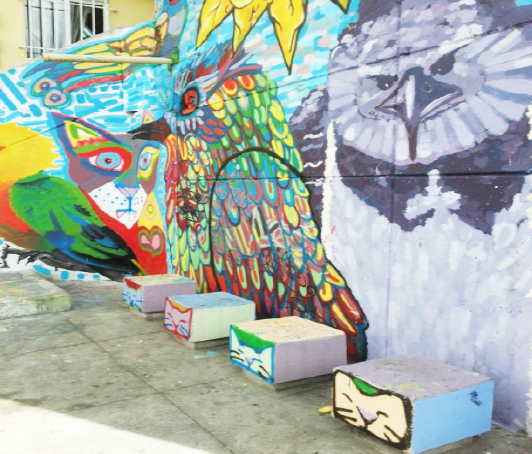
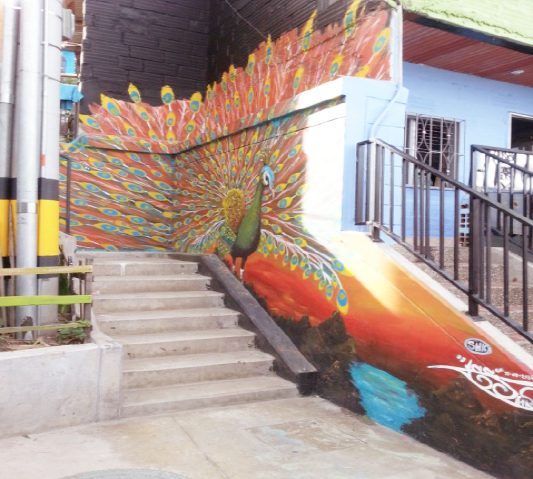
Painting the walls allowed the community to express themselves in many different ways. Besides this, the medium of colour permitted the community to express their thoughts, ideas or to create awareness against bad practices within the community through their paintings.
Adding colours of their choice to their individual houses also gave each house a unique identity, along with being part of a tightly woven large built community. Every cluster boasted its own paintings and colours, which helped identify clusters with increased legibility, sense of orientation and direction. At the same time, collectively, they created a excitingly vibrant and colourful sight.
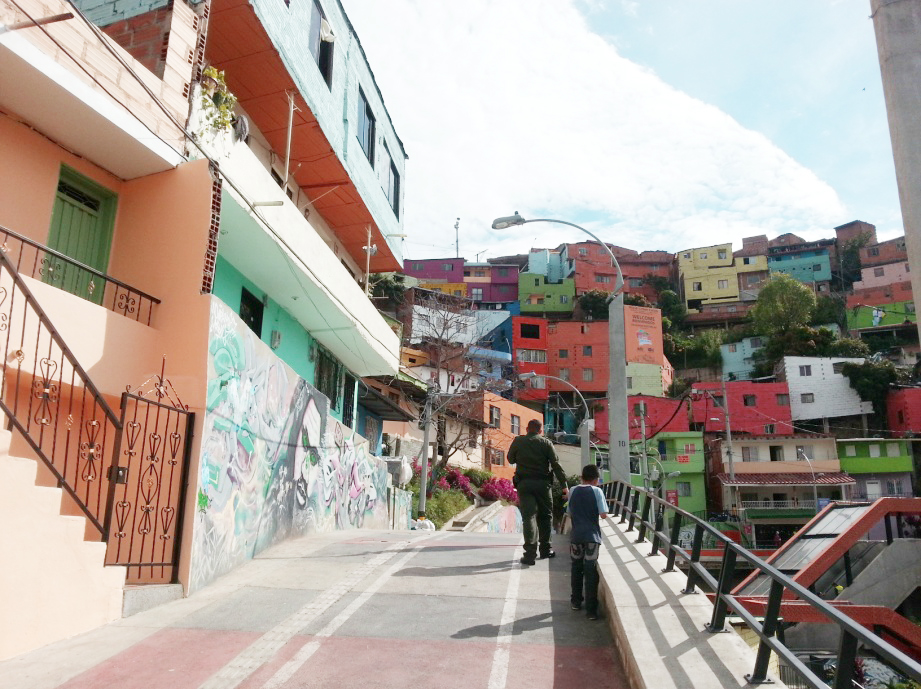
Colours are easy to apply, cheap and at the same time less permanent, which allows for a frequent change in colours, making the appearance of these settlements very dynamic. This initiative was so successful that these slums have now become not just fantastic places to live but also a great tourist attraction in Medellin.
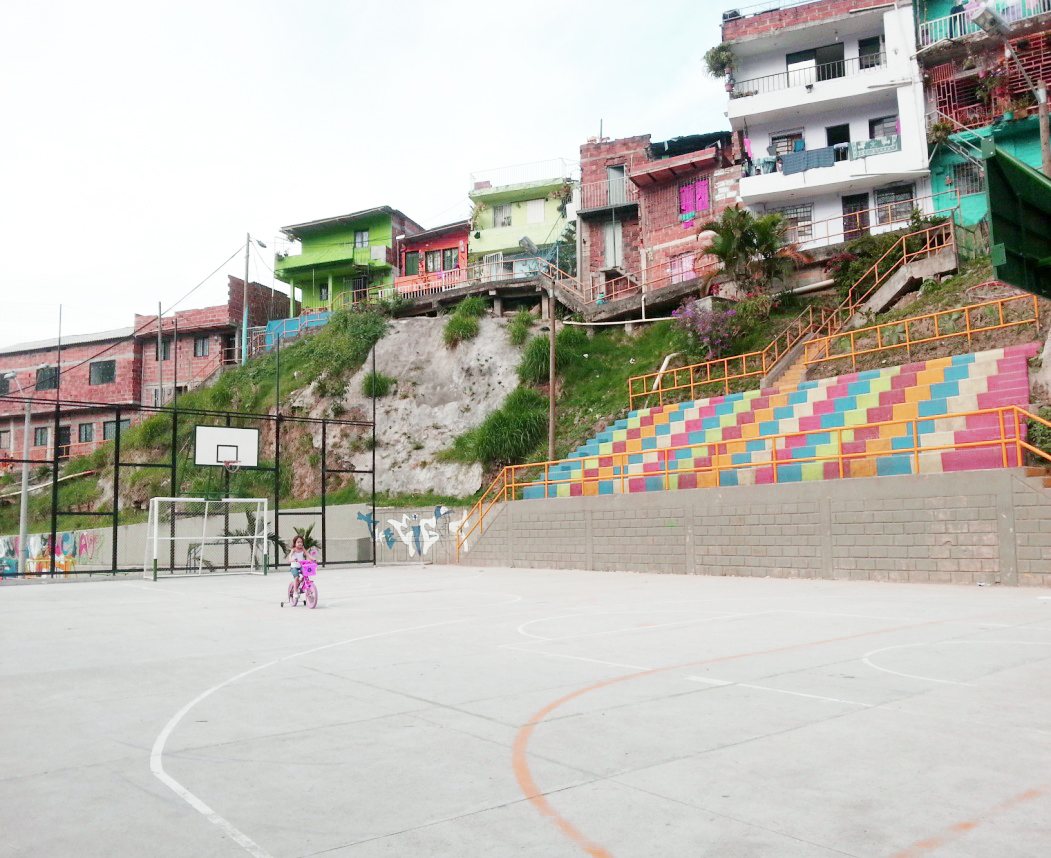
Likewise, Mumbai and other Indian cities need to learn from Medellin. We need to look at options like slum upgradation instead of building new houses to solve the housing crisis in densely populated cities like Mumbai. We need to be inclusive and integrate slums with the main city fabric to provide better mobility, allow security of tenure and improve their infrastructure for better health, hygiene and sanitation.
This will be the most sustainable, cost effective solution instead of providing huge incentives to builders to creating ghettos of poor settlements, packed in vertical buildings, in the name of affordable free housing.
Images Courtesy: Trupti Vaitla
